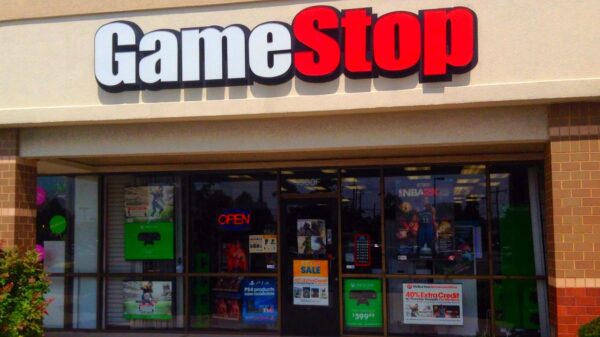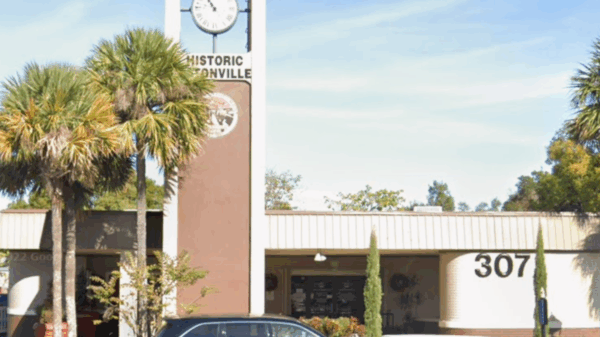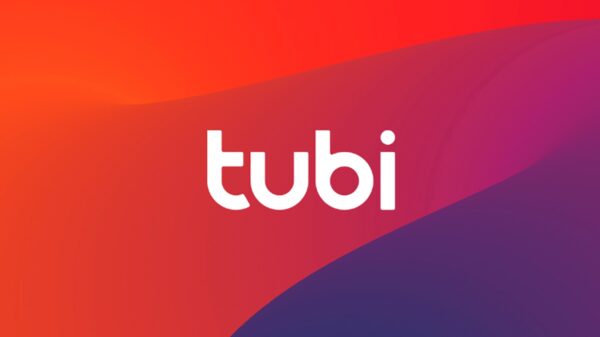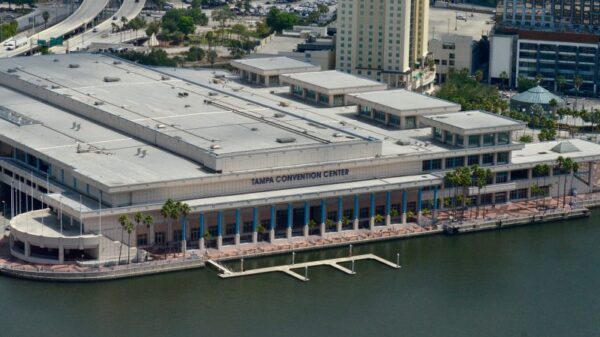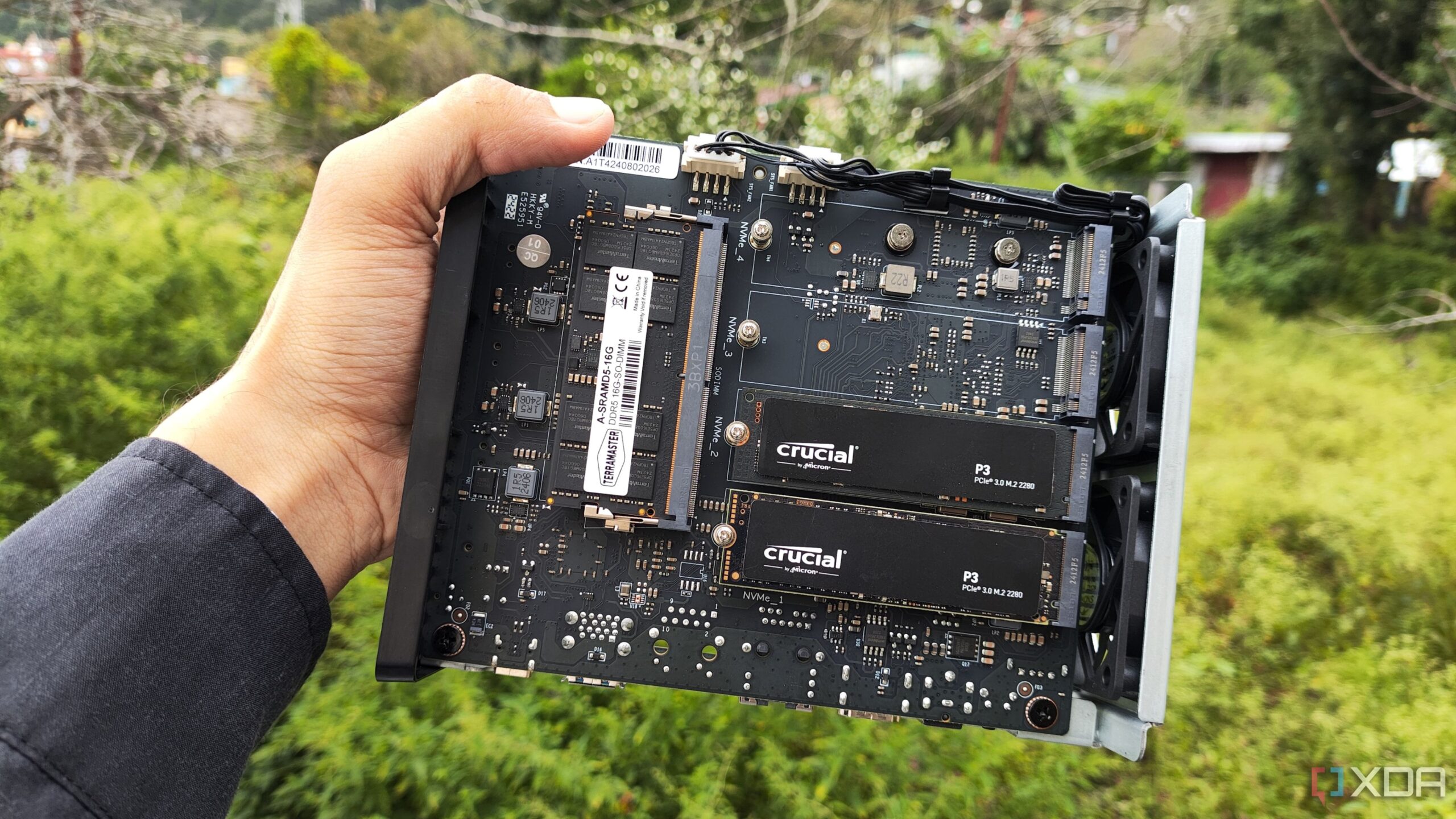URGENT UPDATE: SSD caching is making waves as a game-changing performance booster for NAS users, with significant improvements available right now. This technique leverages the speed of SSDs to enhance data access times, particularly for systems reliant on traditional hard drives.
New reports confirm that SSD caching can dramatically elevate performance, storing frequently accessed data on an SSD to reduce access times. This optimization is critical for users managing large data transfers or running memory-intensive applications. As of October 2023, tech enthusiasts are urged to consider this enhancement for their home servers and NAS setups.
The mechanics are straightforward: when a data request is made, the system first checks the RAM. If the data isn’t found there, it then looks to the SSD cache. A successful retrieval from the SSD is termed a “cache hit,” while a failure to find the data is a “cache miss.” In the latter case, the system retrieves the data from the NAS hard drive, potentially slowing performance. This method is particularly beneficial for users still relying on HDDs.
Setting up SSD caching is a breeze. Users simply need to add an unallocated SSD to their existing or new storage pool. For those utilizing TrueNAS, configuration is seamless, thanks to an intuitive wizard that directs users to the appropriate SSD. This setup not only enhances performance immediately but also spares users from the hassle of migrating data between drives.
However, experts caution that SSD caching may not be worthwhile for all users, especially gamers or those already maximizing SSD technology. For systems equipped with fast SSDs as primary storage, the benefits of caching are minimal. Instead, upgrading RAM or CPUs can yield more significant performance gains.
“While SSD caching offers advantages for NAS and home server users, those with high-speed SSDs should focus on upgrading their RAM or CPU for improved responsiveness,” noted a leading tech analyst. This sentiment resonates with many who prioritize peak performance in gaming and productivity.
As SSD prices continue to decrease, the viability of SSD caching will likely expand, making it a compelling option for users seeking efficiency without sacrificing storage integrity. As more users transition to SSDs, this technology is poised to become a standard feature in data management strategies.
Stay tuned for further updates as more information emerges on SSD caching and its growing relevance in the tech landscape. This is not just a trend; it’s a vital innovation for efficient data handling in an increasingly digital world. Share your thoughts and experiences with SSD caching below!


